Food & Beverage Reporter (FBR) is one of South Africa’s leading B2B magazines, with a track record of more than 25 years in the industry. With thought leadership and in-depth coverage of technical topics, news, and local and international developments across the foodbev and allied industries, the magazine caters for South Africa and neighbouring countries. FBR also carries a specialist Packaging& Processing Reporter section in each issue, exploring technology, ideas, and trends in these key segments of the food chain. In response to changing readership trends we offer a fully digitized publication, with both Apple and Android apps In March each year, FBR’s annual Supplier Directory is distributed both in print and online versions providing you with a handy guide to local suppliers and service providers on the continent.
From the editor
Food & Beverage Reporter
fbr Industry Updates
Pathogen control part 3: Know your high-risk areas • In this final article in our pathogen series, we look at how to avoid contamination (prevention is better than cure, after all). Remember, the trick is taming the pathogens, so that they DON’T have the last word.
Rolf’s Top 10 pathogen hot spots! • There’s nobody who knows the pathogen hot spots like an auditor – especially one with a sharp eye and a torch!! Rolf Uys from Entecom shared his top 20 with us… so make sure to check these spots in your facility!
Pathogen hot spots & control measures • Serious foodborne illness can occur when people eat, or drink beverages contaminated with pathogens. A good understanding of pathogens and their characteristics will assist with identifying the hot spots and thus preventing them occurring in a food facility. Each pathogen is unique in their typical origin, the conditions in which they best replicate and the seriousness of illness it can cause the consumer (Refer to the Bad Bug Book published by the FDA).
New technologies for inline cleaning sensors in closed systems • Cleaning processes in the food industry have the goal of sustainably cleaning the production facilities from product residues. Since one has only limited insight into closed systems such as piping systems and tanks, in practice one plays it safe. This means longer cleaning times, more consumption of water, cleaning media and energy than would be needed if the degree of contamination and the time of complete cleaning were known. This is an issue that is gaining in importance with increasingly smaller batch sizes and growing demands on companies’ sustainability goals.
Food waste in food service • Food waste and its link to sustainability, is a growing concern. While much effort is devoted to providing suggestions and ideas for reducing food waste at home, there are other sources of food waste that need intervention strategies. Restaurants are also a large contributor to the disposal of food in landfills, which generates harmful greenhouse gases.
Shifting mindsets around food waste in the hotel industry • Food waste in the hotel industry is an unfortunate by-product of operations. Millions of tons of food waste are currently being dumped at landfill yearly, negatively impacting the environment. While the Government imposes legislation to try and manage the problem, it is up to hotel managers to acknowledge and alleviate the levels of food waste.
Repurpose the surplus and help end hunger • In recognition of the International Day of Awareness of Food Loss and Waste this month, food redistribution organisation FoodForward SA (FFSA) has launched “Repurpose the Surplus” – a campaign to raise awareness of South Africa’s dire food insecurity crisis, and how we can solve it.
Food waste & loss solutions The Compost Kitchen • In 2017 South Africa (SA) was experiencing major water scarcity issues, and Himkaar Singh left the country to...
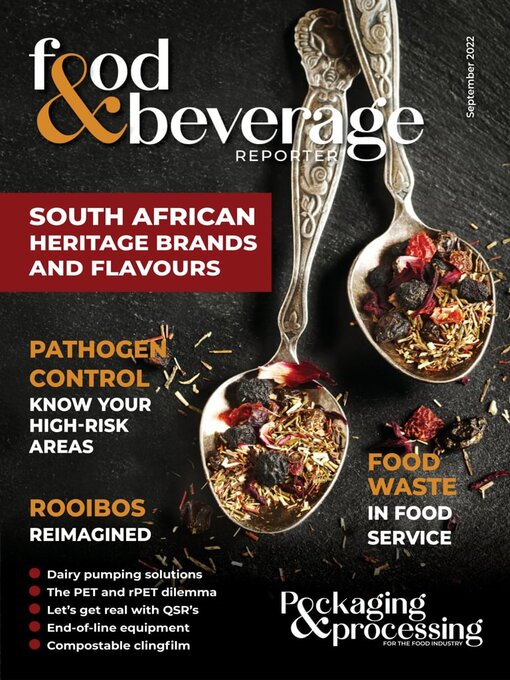
 May 01 2024
May 01 2024
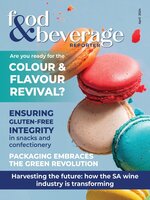 Apr 01 2024
Apr 01 2024
 Mar 01 2024
Mar 01 2024
 Feb 01 2024
Feb 01 2024
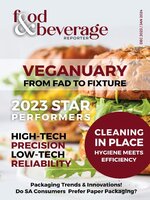 December 2023 - January 2024
December 2023 - January 2024
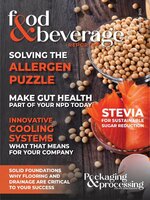 Nov 01 2023
Nov 01 2023
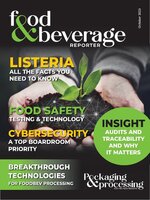 Oct 01 2023
Oct 01 2023
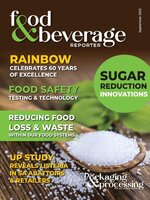 Sep 01 2023
Sep 01 2023
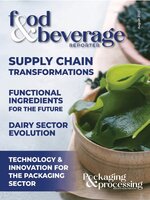 Aug 01 2023
Aug 01 2023
 Jul 01 2023
Jul 01 2023
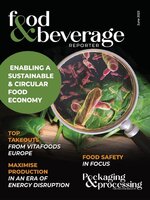 Jun 01 2023
Jun 01 2023
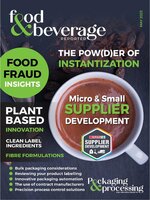 May 01 2023
May 01 2023
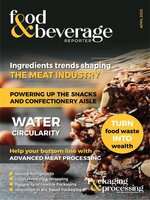 Apr 01 2023
Apr 01 2023
 Mar 01 2023
Mar 01 2023
 January - February 2023
January - February 2023
 November - December 2022
November - December 2022
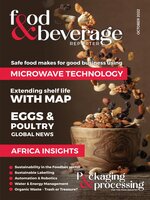 Oct 01 2022
Oct 01 2022
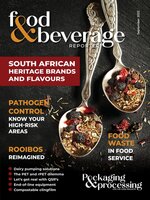 Sep 01 2022
Sep 01 2022
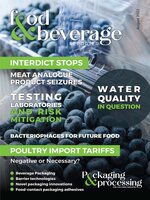 Aug 01 2022
Aug 01 2022
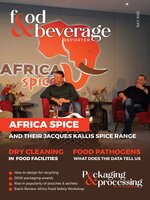 Jul 01 2022
Jul 01 2022
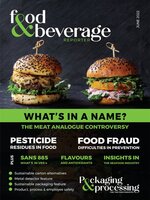 Jun 01 2022
Jun 01 2022
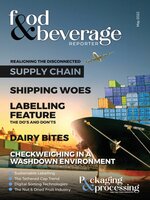 May 01 2022
May 01 2022
 Apr 01 2022
Apr 01 2022
 Mar 01 2022
Mar 01 2022
